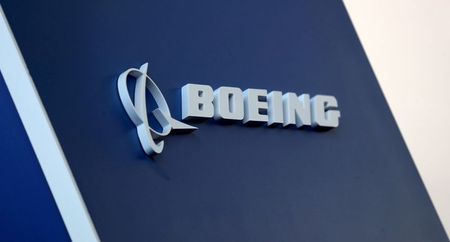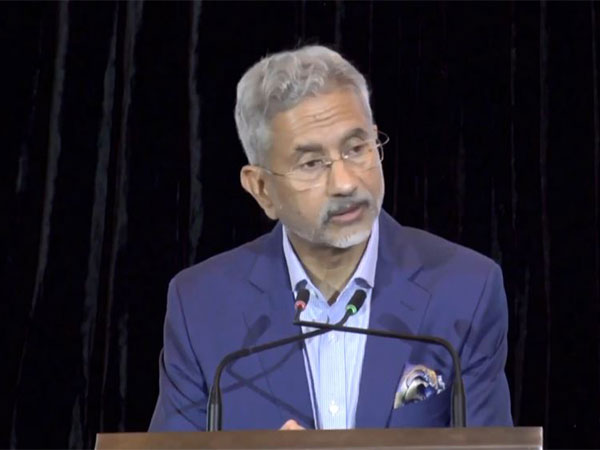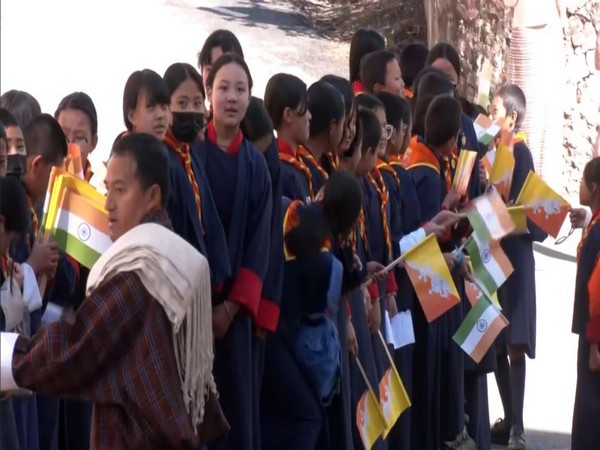
Boeing to fly 2 Super Hornet fighter aircraft to Goa this summer for operational demonstrations

Washington, Apr 22 (PTI) Boeing is planning to fly two Super Hornet fighter jets to Goa this summer for operational demonstrations before its potential buyer the Indian Navy, according to a senior company executive.
Making a strong sales pitch for F/A-18 Super Hornet, vice president of Boeing’s India Business Development Alain Garcia said the aircraft has been specifically designed from its inception for carrier operations, can operate from the Indian Navy aircraft carriers and will meet or exceed the STOBAR performance requirements of the Indian Navy.
“This has been proven by our successful ski-jump tests conducted in 2020 and extensive simulation studies. Additionally, we will also prove that further with operational demonstrations in India in May and June,” Garcia told PTI in an interview.
As New Delhi plans to strengthen its defence capabilities, Boeing has been in talks with its defence customers in India about F/A-18 Super Hornet, P-8I, F-15EX, KC-46 tanker for aerial refuelling and ISR capabilities, he said.
“I really believe the F/A-18 Super Hornet Block III will be a transformative capability for the Indian Navy, the way the P-8I has been…and also the impact that it will have on the aerospace industry,” he argued.
The senior Boeing executive, who is headed to India for his new assignment in the next few weeks, argued that with the Super Hornet, the Indian Navy will get a proven, multi-role and carrier-compatible fighter while benefiting from the investments, upgrades and knowledge that comes from the US Navy’s extensive naval aviation ecosystem.
The US Navy operates more than 800 Super Hornets and EA-18 Growlers, the electronic attack version of the F/A-18. “With the latest Block III configuration, the Super Hornet is suited to protect India’s maritime interests, and we anticipate the Super Hornet and P-8I will open up opportunities for greater interoperability between the two navies for a secure Indo-Pacific,” he said.
According to Garcia, with a rapid technology insertion plan, the Super Hornet Block III will outpace threats for decades to come.
“The Block III Super Hornet comes with advanced networking and open architecture design that allow it to work jointly with the Indian Navy’s P-8I and other US-origin assets and rapidly accept new technology to stay ahead of emerging threats,” he said.
“And lastly, the Super Hornet has an affordable acquisition cost and also costs less per flight hour to operate than any other tactical aircraft in the US forces inventory, including single engine fighters. This is possible because the fighter is designed for ease of maintainability and offers impressive durability,” he argued.
On the P-8I, Garcia said there is clearly a need for long-range maritime surveillance and anti-submarine warfare (ASW) requirements in the Indian Ocean Region. The P-8Is have demonstrated an excellent record in supporting the Navy’s missions and have surpassed 35,000 flight hours since induction in 2013, he said.
“The P-8I programme has resulted in significant industrial benefits and jobs for companies in India that are now part of the Boeing supply chain which are manufacturing complex parts and components for BDS products, including the P-8,” he said.
“In addition to supporting the P-8I with sustainment and training, we are also planning a 60,000 sq. ft. Training Support and Data Handling Centre set up at INS Rajali, Arakkonam, with a secondary centre at Naval Institute of Aeronautical Technology (NIAT), Kochi. The secondary centre was recently handed over to the Indian Navy,” he added.
Maria Laine, vice president of Boeing’s International Business Development, said that India is one of Boeing’s enduring partners where “we have made strategic investments and will continue to do so in the future”. The company has 3,500 employees in India and more than 7,000 people working with its supply chain partners.
“We are proud to support the many missions of the Indian armed forces that operate multiple Boeing aircraft…,” she said.
“We’ve made the latest investment outside of India in Boeing’s India Engineering and Technology Center at USD 200 million and have a wholly-owned engineering and technology campus with future avionics manufacturing and assembly capability that is coming up in Bengaluru,” Laine told PTI.
“In support of Aatmanirbhar Bharat and Make in India, Boeing sources over USD 1 billion from India and Boeing’s Indian supply chain partners are exporting products made in India for the global aerospace market,” he said in response to a question.
“Over 275 Indian suppliers deliver components, parts and complex assemblies for Boeing’s commercial and defence aircraft, including the F/A-18, F-15, P-8, Apache, Chinook, C-17 and T-7,” she said.
Tata Boeing Aerospace Limited (TBAL), the joint venture between Boeing and Tata Advanced Systems, has been producing aero-structures for Boeing’s AH-64 Apache helicopter and recently delivered its 140th AH-64 Apache fuselage from its 14,000 square metres state-of-the-art facility in Hyderabad.
TBAL is also manufacturing 737 Vertical Fin structures, a complex structural part, on a new production line will utilize cutting-edge robotics and automation, said the Boeing official.
“On the defence side, we are delivering services that ensure high availability of our customers’ fleets at competitive costs. We work with the Indian Air Force and the Indian Navy to provide operational capability and readiness for Boeing aircraft,” Laine said.
PTI LKJ SMN SMN

















POST COMMENTS (0)